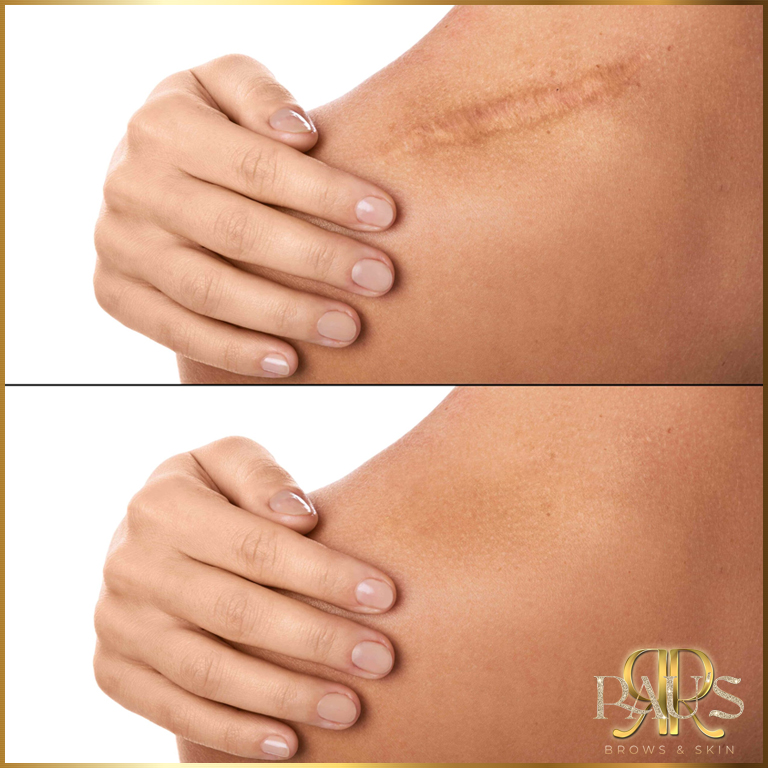
What is Scar Camouflage
Scar Camouflage
Scar Camouflage is an innovative technique designed to blend scars seamlessly with the surrounding skin, making them less visible. This procedure uses specialized pigments to match your skin tone, creating a natural look that enhances confidence and reduces the appearance of scars.

What is Scar Camouflage
Scar Camouflage is an innovative technique designed to blend scars seamlessly with the surrounding skin, making them less visible. This procedure uses specialized pigments to match your skin tone, creating a natural look that enhances confidence and reduces the appearance of scars.
How Does Scar Camouflage Work?
Using a technique similar to tattooing, professional pigments are carefully applied to the scarred area. The pigment is selected to match your natural skin tone, blending the scar into the surrounding skin. This technique is especially beneficial for scars that have healed but remain a different color from the surrounding tissue. It can be used on a variety of scars, including those from surgery, injury, stretch marks, or other skin conditions.
Who Can Benefit?
This procedure is ideal for individuals looking to reduce the visibility of scars without invasive surgery. It works best on scars that are at least one year old and fully healed, as well as scars that are lighter than the surrounding skin. Scar Camouflage is suitable for most skin types and can be personalized to achieve the most natural results.
Benefits of Scar Camouflage:
Long-lasting Results: Once healed, the pigments are designed to last several years.
Non-invasive: Unlike surgical options, Scar Camouflage is a gentle procedure that requires minimal recovery time.
Improves Skin Confidence: By reducing scar visibility, clients can enjoy smoother, more even skin tones.
Scar Camouflage Aftercare
Proper aftercare is essential to ensure the pigments settle smoothly and the treated area heals well. Follow these steps to maintain the best results:
First 3 Days After the Procedure:
Keep the Area Clean and Dry: Avoid any contact with water, including showers, swimming pools, and sweating. Gently pat the area dry if it gets damp.
Do Not Touch or Pick: Avoid touching, rubbing, or scratching the area. Let any minor scabbing form and fall off naturally.
Avoid Makeup and Skincare Products: Do not apply any makeup, creams, or other skincare products to the treated area.
Days 4-7:
Apply a Recommended Ointment: After day 3, use a healing ointment suggested by your specialist to keep the area moisturized. Avoid products with fragrances or alcohol.
Avoid Direct Sunlight: Sun exposure can interfere with healing and affect pigmentation. If you need to be outdoors, keep the area covered or wear SPF 30+ on the area.
Weeks 2-4
Limit Sun Exposure and Avoid Tanning: To protect the color and avoid potential scarring, continue using sunscreen if the area is exposed to sunlight.
Avoid Exfoliants or Peels: Do not use harsh products, exfoliants, or chemical peels on the area until it’s fully healed.
Long-term Care:
Moisturize Regularly: Once fully healed, use a gentle moisturizer to keep the skin hydrated.
Touch-ups as Needed: Depending on your skin type and lifestyle, a touch-up may be recommended every few years to keep the color vibrant.